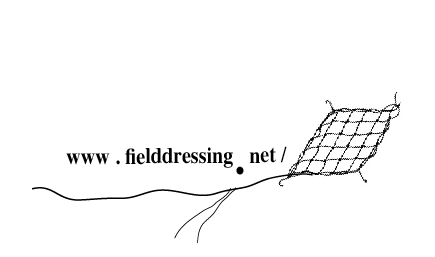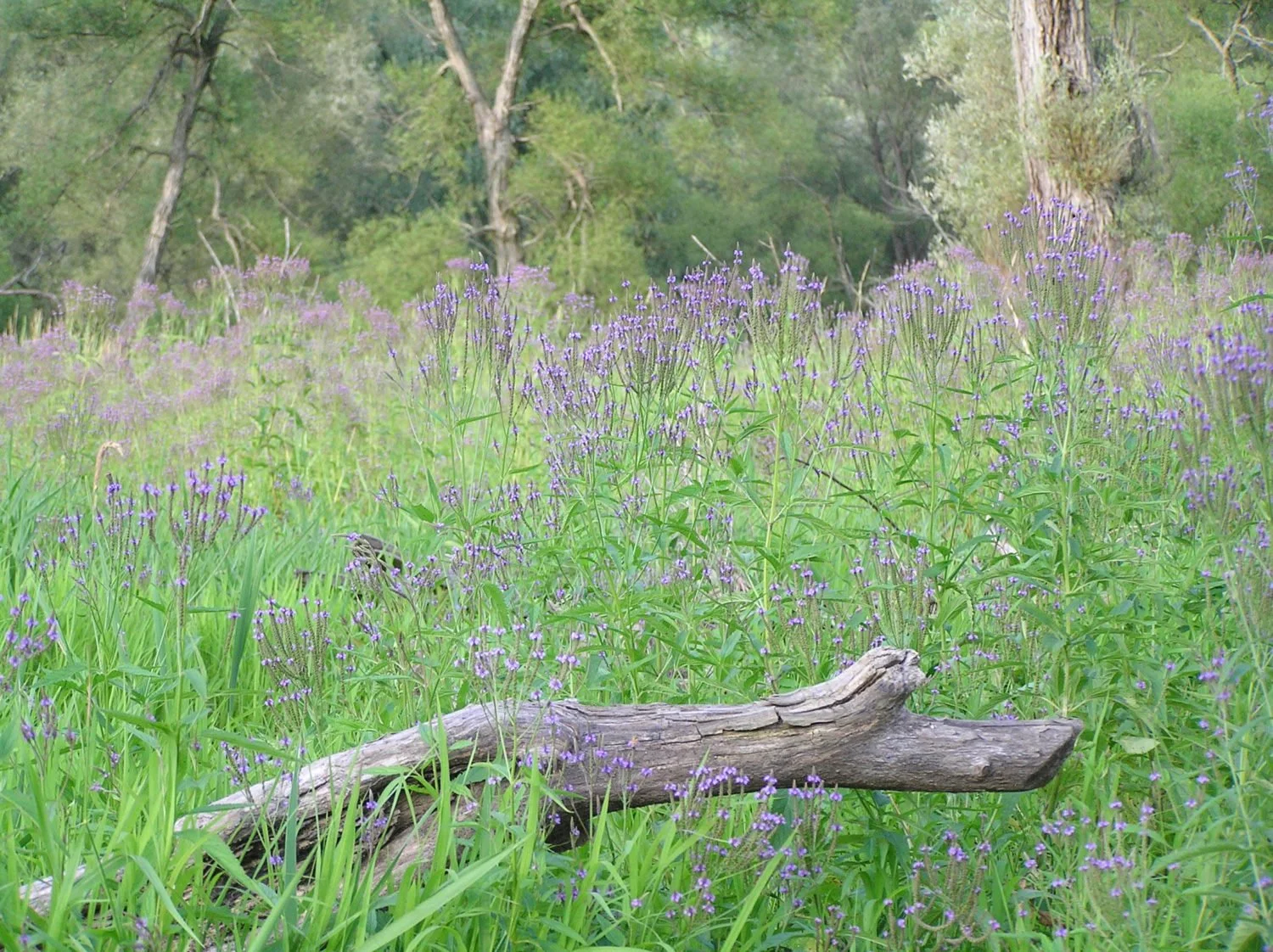Swamp Vervain
Swamp Vervain
Swamp Vervain (Verbena Hastata) is a virulent wildflower with spikes of violet flowers that you can enjoy from July late into the Fall. Verbena prefers partial to full sun ansd moist even soggy soil but is resilient in drier periods. Verbena is a staple food for many birds and pollinators and self seeds spreading in the right conditions.
CONDITIONS
Swamp Vervain or Blue Vervain grows to its full height of 4 feet or more in rich moist soils and tolerates partial shade to full sun. It is often found in rich and slightly acidic creekbeds but can be observed in dry roadside areas. It is resilient and easy for beginners.
BENEFITS
In ancient times the plant was thought to be a cure-all among medicinal plants and the genus name is Latin for "sacred plant." This plant has been used for many years as a medicinal herb for treating convalescents and people suffering from depression, headaches, jaundice, cramps, coughs and fevers. Externally, it has been applied to wounds, ulcers and acne. Swamp vervain can, however, interere with blood pressure medication and hormone therapy, and large doses cause vomiting and diarrhea. (Kershaw) Vervain is a larval host for many butterflies and the seeds are an important food for birds. The blooms create a light mist of blue violet hues from July into early October and the candelabra like stems are attractively bluish gray in winter.
CARE
You will receive a plant with several sets of leaves and stalks and root system of approximately 8 inches. Plant with space of 18-24 inches apart in full sun to partial sun and water upon planting and in following weeks water frequently if its not raining. You may use some organic matter or compost to amend soil. Swamp Vervain tolerates boggy conditions.
Perennial plants typically spend the first year of growth establishing their root system and storing up energy. Blooming plants the first year can occasionally happen for some species, but it is more the exception than the rule. Most often during the first year you will just see vegetative growth. and see flowering in later years. Deadhead flowers to reduce self-seeding and to encourage more flowers.
This plant pairs well with wingstem, mistflower, ironweed, scarlet beebalm, swamp rose, and swamp milkweed.






